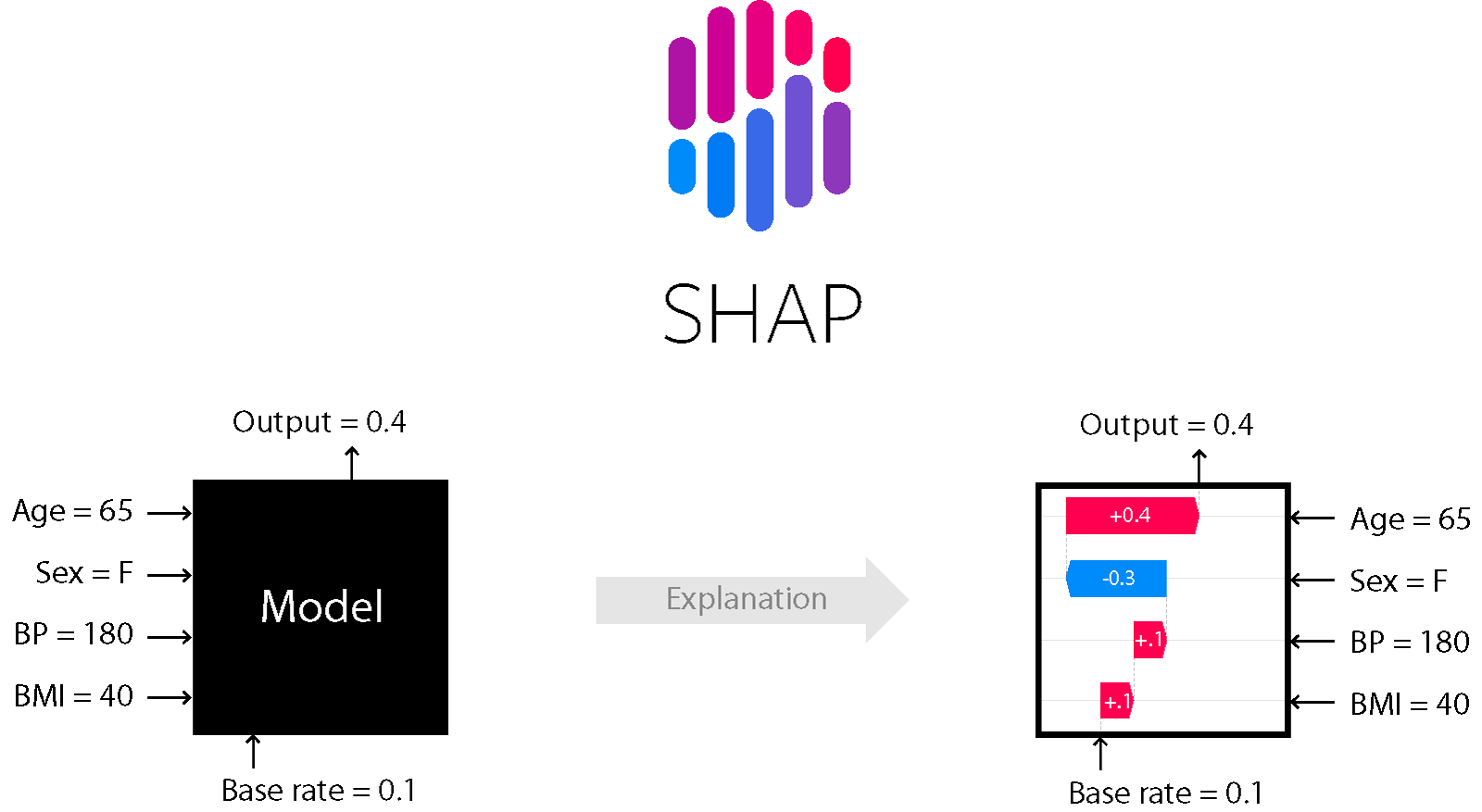Harry Trinh
Full stack Data Scientist, ML Engineer
Brief Introduction
Hi! I am harry who has been working in data science for over 5 years as a Data Scientist/ Machine Learning Engineer. I am also a member of IEEE who received a Master of Engineering degree in Seoul, South Korea. My research interests focus mainly on computer vision, big data, cloud computing, computer networks, and network security. Currently, I am working as a fullstack Data Scientist at eSmart Systems based in Oslo, Norway. Prior to my current position at eSmart, I worked as a senior ML engineer at Arbeon , Seoul, South Korea.
If you want to work with me or to find a co-founder of a startup, please, get in touch! ^_^ 💪


-1.png)























